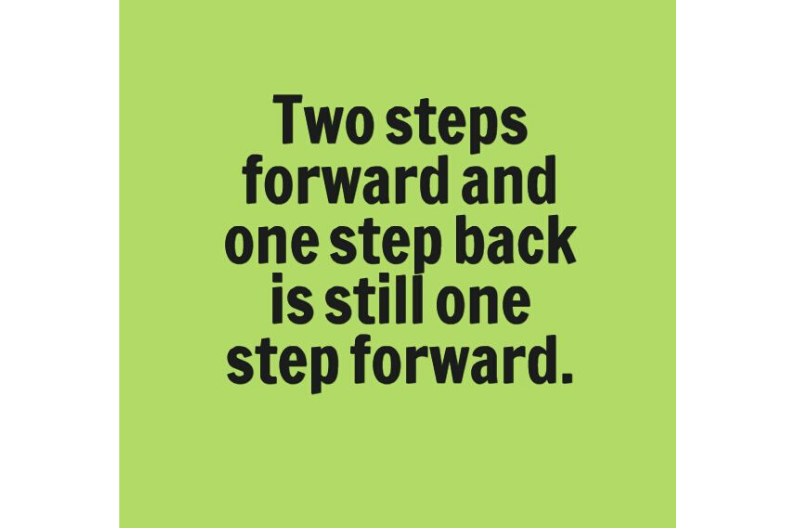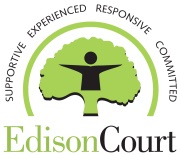
Are you feeling like this COVID-19 crisis is never going to end. We get glimmers of hope, therapeutic and testing breakthroughs, only to have them dashed by the daily reports of growing infections. Put another way, it seems likely that things are going to get worse before they get better.
But there in lies the point. It does get better! We draw a parallel to treatment in our programs. It may seem slow and seeing progress can be difficult. Days and weeks can pass with many clinical sessions behind a resident, they are feeling better but things seem the same. The same mistakes are made, the same emotions exist, the depression lingers, the challenges still present. Families and residents alike often ask, “When will I see results?”
Often, progress is nonlinear, it is a bumpy road, a mountain to be climbed only to be descended and climbed again. Everyone’s journey is a little different. Moreover, what can appear to be the most difficult times are the moments before a great and beneficial change. Sometimes the old adage “it gets worse before it gets better” denotes the nature of progress in personal and emotional growth.
Prior to “seeing results,” a youth’s maladaptive patterns, thoughts and emotions are disrupted in ways that may heighten their level of discomfort. Sometimes this point of struggle can feel like one is doing “worse” or that the inner turmoil is more difficult to manage than doing nothing at all. That struggle, sometimes the height of suffering, and the point of change, is integral in the process of personal growth. When youth reflect on these inflection points, they are stories of overcoming, the catalysts before for the improvement and positive change.
Please remember progress’ nonlinear nature. We cannot improve and make great strides without the painful parts. When charting progress, the most stressful aspects are the downward trends. Downward trends are marked by: sadness, anger, apathy, mood lability, lack of motivation, losing things we want, mistakes and maladaptive behaviors to name a
few. Fret not, the trip down is not purposeless, but part of the path. The turbulence is an opportunity for introspective learning.
Pain and discomfort often teach us who we are. The depth of progress is dependent on the understanding of our suffering. Through the clinical work and experiential facets of our programing, youth understand themselves and the suffering they experience. With that information youth begin to know what truly motivates them, what triggers maladaptive emotions and behaviors, and what parts of their life are misunderstood. Walking the walk, the ups and the downs helps them turn the tides, the next time they are on a downward trend the valley isn’t so far down and the trip not so debilitating.

Add new comment